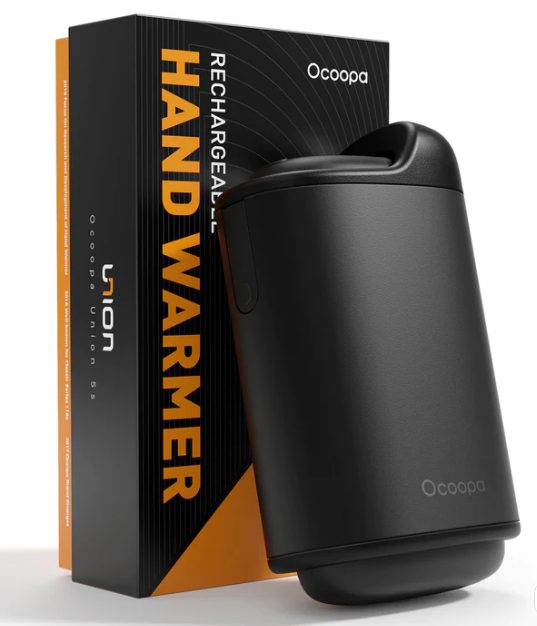During the cold winter months, people rely on various heating devices to keep themselves warm and comfortable. One such device is the hand warmer, also known as a hand heater or a pocket heater. In this article, we will discuss the working principle and different types of hand warmers.
Working Principle
Hand warmers work on the principle of exothermic reactions. The most common type of hand warmer uses a reaction between iron powder and oxygen in the air. When the iron powder comes in contact with oxygen, it oxidizes, releasing heat in the process. The reaction is controlled by a catalyst, usually activated carbon, which speeds up the reaction without being consumed itself.
Another type of best rechargeable hand warmer uses a salt-based solution, such as sodium acetate or calcium chloride. When the solution is heated, it melts and stores thermal energy. This stored energy is then released as heat when the solution solidifies again.

Classification
There are different types of hand warmers available in the market. Some of the most common types are:
- Disposable hand warmers: These are small, single-use packets that contain the chemicals needed for the exothermic reaction. They are activated by exposing them to air and can provide heat for several hours.
- Reusable hand warmers: These hand warmers contain a gel-like substance that can be heated and cooled multiple times. They are usually heated in a microwave or boiled in water.
- Battery-powered hand warmers: These hand warmers use rechargeable batteries to generate heat. They are usually small and compact, making them easy to carry around.
- Fuel-powered hand warmers: These hand warmers use fuels such as propane, butane, or kerosene to generate heat. They are usually larger and require more maintenance than other types of hand warmers.
Conclusion
Hand warmers are a convenient and effective way to keep your hands warm during the cold winter months. They work on the principle of exothermic reactions and come in different types, such as disposable, reusable, battery-powered, and fuel-powered. Each type has its own advantages and disadvantages, so it is important to choose the type that best suits your needs.